Where to visit Iranian Nomads? Bakhtiari, Turkmen & Qashqai
The history of nomadism in Iran dates back to the second millennium BC, the arrival of Aryans to the central plateau of Iran. The tribal lifestyle has been alive until today in four corners of Iran, and 19 Iranian tribes are still migrating for survival, from the hillsides to the plains. Among all those tribes, some are still totally committed to their values and have maintained their culture, language, and lifestyle for centuries. Traveling with these people reveals a lot of hidden treasures of Iranian culture, and this journey is possible in both winter and summer. Stick with us to know more about Iranian nomads.
Iran Nomads Tour gives you a chance to make unforgettable memories and outstanding opportunities to meet and travel with nomads, understand their culture, visit their tents, and taste their traditional food. The feeling of living with Iran nomads is something you have never experienced before. With the surrounding nature and magnificent scenery before your eyes, accompanying a tribe of nomads is all you need for your next exciting tour. You can experience what it’s like to be a shepherd, a nomad living in the deep wilderness with Iran nomad tours.
Are nomads tourists?
Both tourists and nomads enjoy traveling a lot, but their purpose for doing so is very different. Tourists plan their travel for a short period of time to take a break from everyday life. On the other hand, nomads travel endlessly. Nomads do not have a limitation on how long to stay in a place, but it is usually around months, not weeks. They experience their everyday life while traveling. They are moving their whole belongings to live from place to place. Nomads also don’t have to set up a time to do all the sightseeing in just one or two days; they always have the next day. But that is not the case for tourists!
Who are nomads in Iran?
Nomads are the kind of people who do not limit themselves to a fixed home. They travel from place to place every time winter and spring arrive, searching for food, water, and pasture for their animals to feast on. Iran nomads raise sheep and goats and then sell the meat, wool, and dairy products of these animals to buy other food to feed their families. Iran has one of the largest nomadic populations of any country, and among them, there are some famous ones with more populations.
Bakhtiyari Nomads
What if every single scene of “The Grass_1925” still takes place in reality on the hillsides of the Zagros mountain range? Bakhtiyari nomads call themselves “brave as Iranian lions”. They migrate twice a year between Khuzestan and Lorestan (both historical and touristic regions of Iran, with some sights dating back to more than 6,000 years ago). Since livestock is considered the main source of income in nomadic life, everyone in the tribe, both men and women, is in charge of animal husbandry. Bakhtiari women also weave small rugs known as “Ghalicheh” in their free time. A quick Google search for Bakhtiyaris will give you a clue that finding a golden planet in the galaxy is much easier than finding a Bakhtiari man without a Mustache! The Bakhtiyari style has been the same for years: the black and white coat reminds me of a piano named Chogha with loose pants and black hats for men and long colorful dresses with adorable bead embroideries for women. Kooch with Bakhtiyari nomads to hear the old travelers of Zagros speak the Lori dialect of the Persian language. Opening your eyes to the pristine nature before any birds wake up, and sleeping with the Lori lullaby in a tent, is not an occasion to miss!
Qashqai nomads
The Bakhtiari people are not the only migrants of the Zagros hillsides. The Qashqai tribe is another great nomad tribe in the southern part of the Zagros mountain range. Thinking of the Qashqai word, for me, I personally recall tulip-shaped hats and big populated parties, including traditional music and dance in nature (mostly wedding parties). These people hold the title of “best nomad rug weavers” in the Persian Carpet category. Although Qashqai nomads immigrate between the Zagros hills and Fars province, they are mainly Turkish speakers! The same as their Bakhtiari neighbors, the Qashqai people earn their livelihood from animal husbandry and carpet weaving. Do not forget to taste their food if you do not want to miss a delicious organic dish cooked on fire!
Balochi Nomads
The Baloch are Iranian people who live mainly in Balochistan in Iran and Pakistan, alongside neighboring areas of Afghanistan. The Balochs speak Balochi, and they are originally Iranian. Baloch nomads live in tents (gidam) made of palm matting stretched on poles. More recently, houses are made of sundried brick. They are scattered along narrow, long village lanes. Both old and newer buildings have an open courtyard in front, enclosed by a low mud wall or palm fence. Balochi customs and traditions are conducted according to codes imposed by tribal laws. Baloch men wear long shirts with long sleeves and loose pants. A pagh (turban) or a hat occasionally accompanies the dress on their heads. In contrast to Pakistan, the Iran Balochi dress code is more conservative in terms of length and material. Some Baloch women in Iran cover their faces with thick red wool (Burqah) and wear colorful scarves and chadors. Seeing their way of clothing alone is something you want to keep forever in your memories.
Turkmen Nomads
The Turkmen Nomads are an ethnic minority who speak Turkish with the Eastern Oghoz accent, which is the same dialect spoken in the Republic of Turkmenistan. They live in the Turkmen Sahra district in the Gorgan Province in the northern part of Iran. The area is a fertile plain near the Iranian border with the Republic of Turkmenistan. The district extends from the Atrak River in the north to the Caspian Sea in the west, the Quchan Mountains to the east, and the Gorgan River to the south. They have been living in Iran since 550 AD, but they began to form a tribe in 750 AD. They can be considered the descendants of Central Asian Turks who retained their ethnic identity during the Mongol invasion. The most important tribes of Turkmen living in Iran are the Kuklans and Yamotes. Turkmen’s men’s clothing consists of parts, such as costumes, trousers, hats, and shoes. Turkmen women’s clothing is simple to make, but they use a lot of decorations on it. They are masters in terms of carpet waving as well.
Shahsavan Nomads
Shahsavan nomads are one of the best-known and important tribes living in the northwestern provinces of East Azarbaijan and Ardebil. They begin their migration to their traditional summer camps on Mount Sabalan in early May. With the availability of the pastures and many mountain springs, the Shahsavan tribes graze their animals with ease. They earn a living by breeding livestock and grazing them on the pastures of mountain ranges in Ardabil. They live in dome-shaped tents stretching almost five meters, usually decorated with bells, colorful cloth, rugs, and cushions. Usually, men take responsibility for setting up tents and being shepherds. At the same time, women produce a variety of colorful and intricate flat-woven rugs, storage bags, blankets, and some knotted pile carpets.
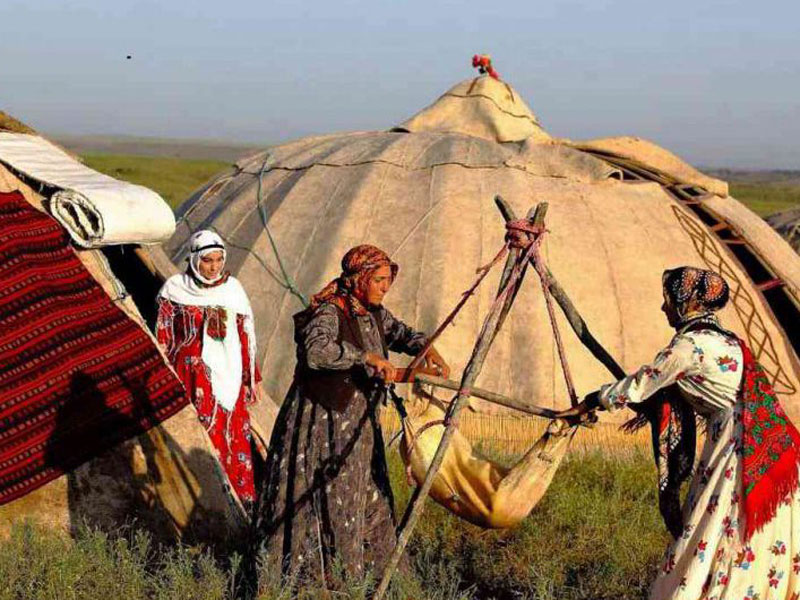
Shahsavan nomads live in high dome-shaped tents stretching usually decorated by bells and colorful clothes.
Shahsavan men wear dark loose pants, collarless shirts, and jackets with a belt, while women wear colorful long skirts and dress with a headband with a scarf that twists around their heads. Their rich history, lifestyle, customs, and traditions attract many tourists annually.
Are you planning to travel to Iran? Check out our Iran tours.

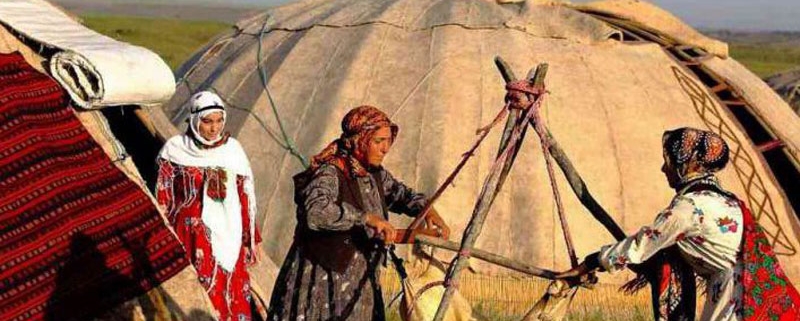
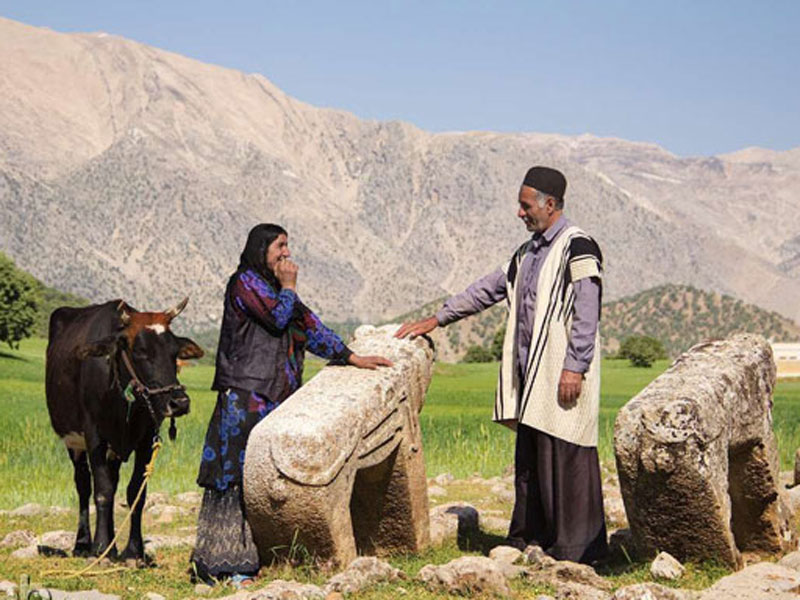
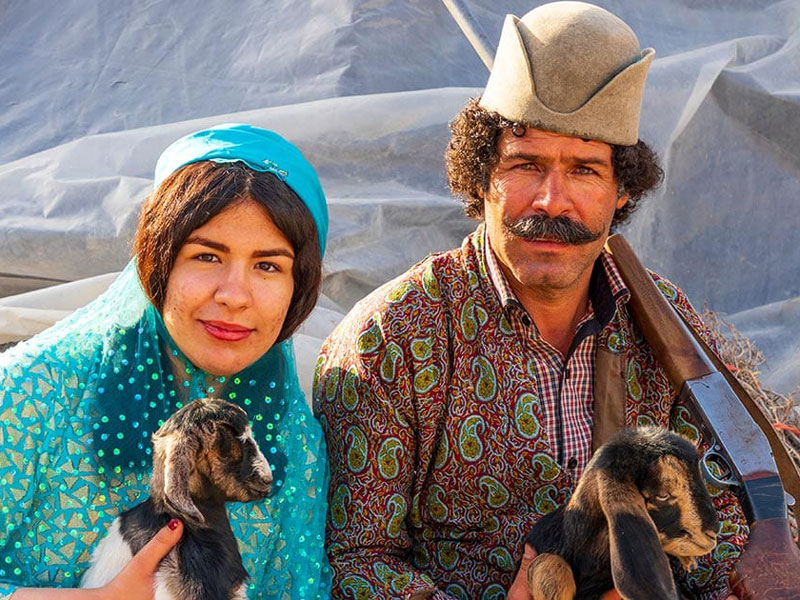
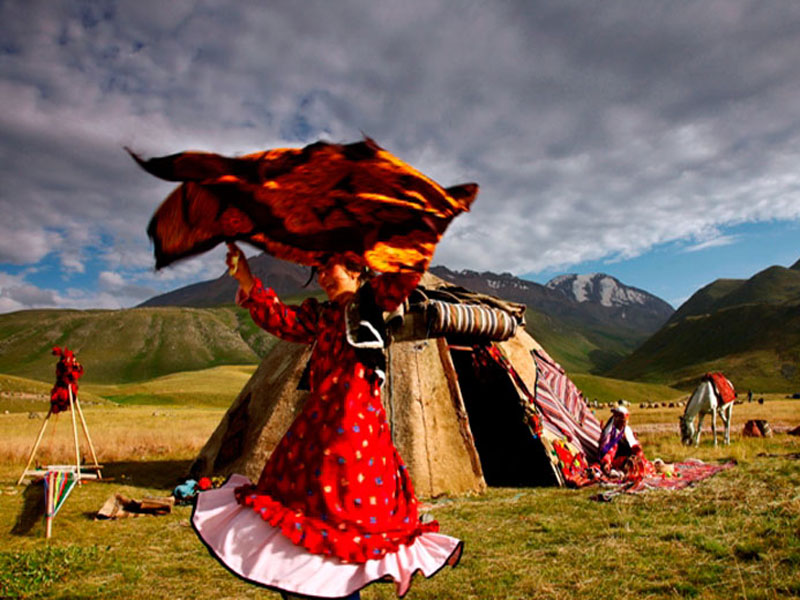

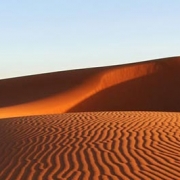
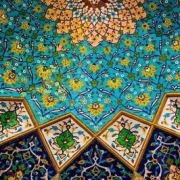
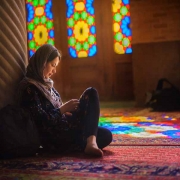
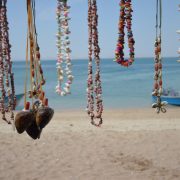
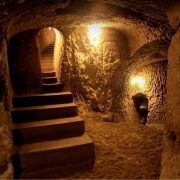
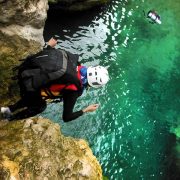
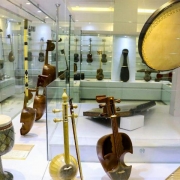




Leave a Reply
Want to join the discussion?Feel free to contribute!